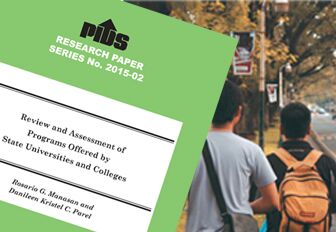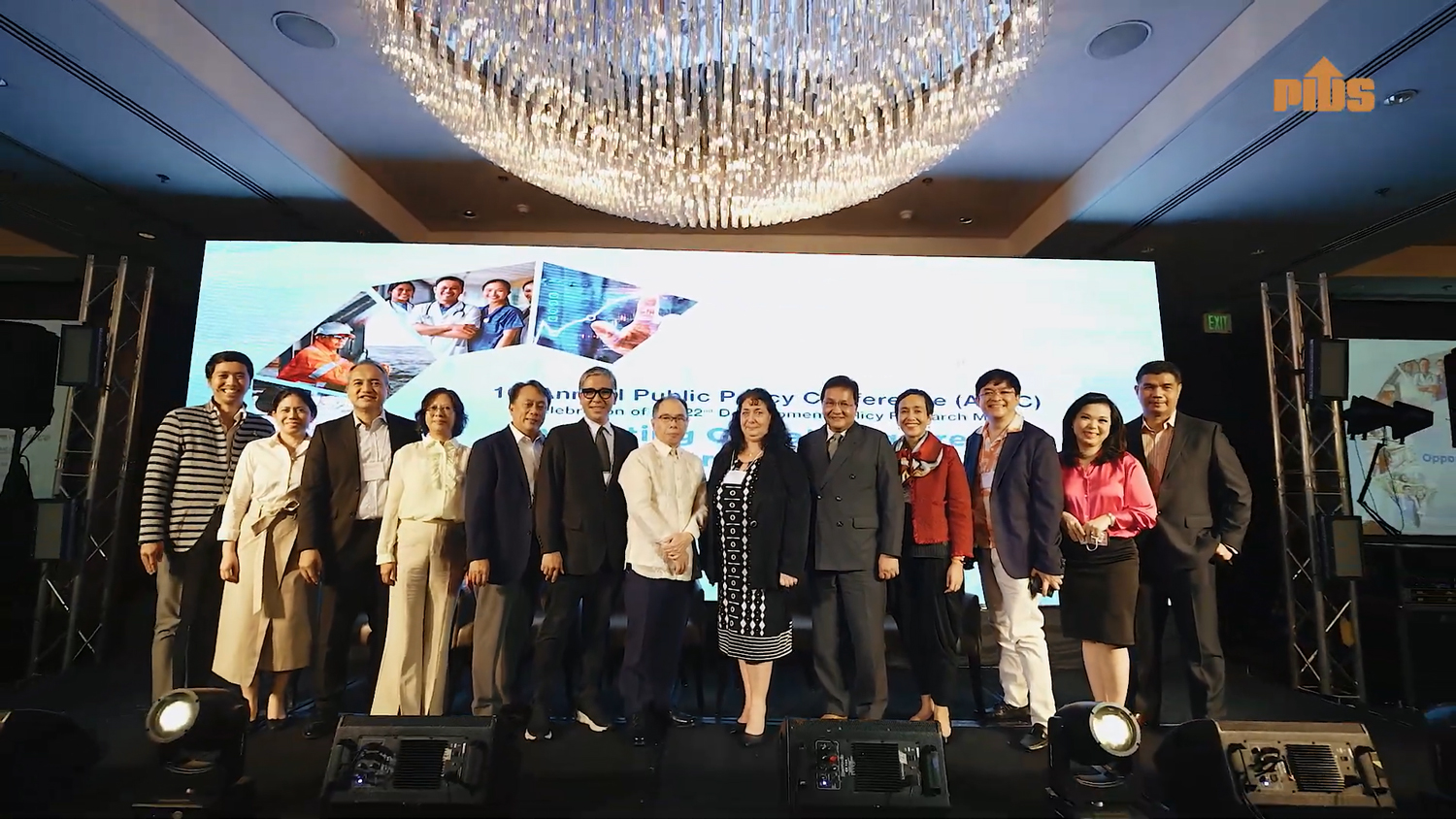
The study measures SUCs’ performance using the results of 36 professional board exams (PBEs) as an indicator of the quality of instruction. Overall, the numbers reflect very low averages for SUCs. “The weighted passing rate of all SUCs combined in all the PBEs taken together is 4 to 9 percent lower than the national passing rate in 2004-2011,” reveals the study. Only 9 out of the 36 PBEs had average passing rates above 60 percent and only 3 had passing rates above 70 percent.
The SUCs’ performance in PBEs dropped in 12 course programs, namely, accountancy, aeronautical engineering, civil engineering, criminology, electrical engineering, electronics engineering, library science, mechanical engineering, medical technology, physical therapy, social work, and veterinary medicine. The authors add, “More worrisome is the preponderance of SUCs and private higher education institutions (PHEIs) with zero passing rate in many PBEs in 2004-2011.”
In short, SUCs are not meeting the expectations that come with increased budget allocation for their institutions. They are not producing qualified people in the courses they offer. Manasan and Parel surmise that the root of the problem comes down to the collective management issues of the CHED and the SUCs, particularly where duplication of programs distract a big number of SUCs from carrying out their core mandates efficiently.
SUCs per region all have core mandates that indicate the programs that each college and each university specialize in. Program duplications occur when SUCs start offering programs that are not unique to them, not their competitive advantage, and are outside of their core mandate. This becomes problematic for a number of reasons. Firstly, the increase in duplicate programs also increases the per student cost of SUCs. Secondly, given the cheaper tuition fees in SUCs, the latter siphon enrollment numbers from PHEIs that traditionally offer similar programs. Well and good if cheaper signifies quality, but as Manasan and Parel found out, it does not.
Thirdly, while SUCs’ lower tuition fees evidently fail to reflect quality, it also says a lot about the quality of CHED’s regulation and monitoring of SUC activities. Many PHEI officials are concerned about the uneven playing field where SUCs are given more leeway in offering new programs even if they do not have the required facilities and qualified faculty. There is also a standing confusion about the level of autonomy that SUCs have in modifying their charters and the CHED’s role in making sure that SUCs follow the guidelines.
Other factors contribute to perpetuating these scenarios, such as SUCs being forced to open programs due to the demands of their communities, local politicians, and other stakeholders. Another factor once again considers the problems with management.
Increases in the number of enrollees boost subsidized funding. This becomes expedient for SUCs to generate more income by acquiring more enrollees by offering popular programs.
What the study makes clear at the end is the utmost importance of rationalizing the programs offered by SUCs and improving the quality of instruction. Improving the performance in PBEs cannot be achieved solely by offering exam reviews at the end of term, but by investing in the quality of instruction and faculty development to ensure high-quality teaching personnel that can help develop a globally competitive workforce. This way, the Philippines would be poised to take advantage of opportunities under the ASEAN Economic Community’s mutual recognition arrangements.
CHED is undertaking measures to address the problems of program duplications and SUCs’ departure from their core mandates. Some of the recommendations Manasan and Parel indicated in their study include encouraging SUCs to comply with CHED policies, standards, and guidelines, and reforming the funding formula to ensure that no additional subsidies will arise from additional enrollment resulting from SUCs expanding into the territories of popular programs.
Download a copy of this study under the PIDS Research Paper Series 2015.
Want more? Know what other PIDS studies have to say about higher education in the Philippines. For other related studies, visit the SocioEconomic Research Portal for the Philippines. Simply type “higher education” and other relevant keywords in the Search box.
- A Review of the Accreditation System for Philippine Higher Education Institutions
- Analysis of the President's Budget for 2012: Financing of State Universities and Colleges
- Establishing the Linkages between Human Resource Development and Inclusive Growth
- Reviewing Quality Assessment Tools for Graduate Education
- Higher Education in Agriculture: Trends, Prospects, and Policy Directions
- Efficiency of State Universities and Colleges in the Philippines: A Data Envelopment Analysis
- Education and Globalization
- A Profile of Graduate Education Programs in the Philippines
- Reviewing Quality Assessment Tools for Graduate Education
- An Assessment of TESDA Scholarship Programs












